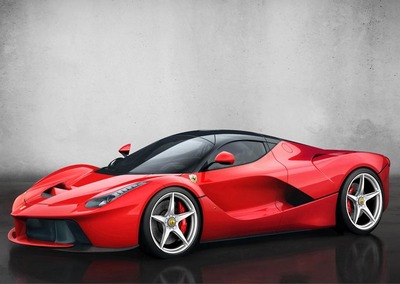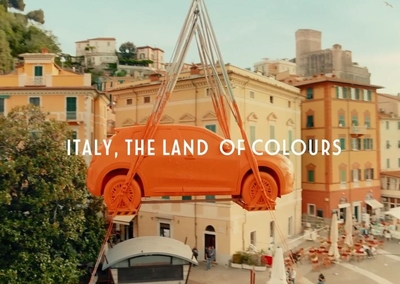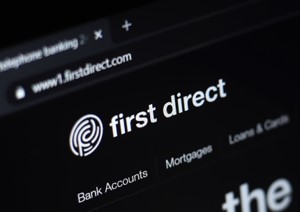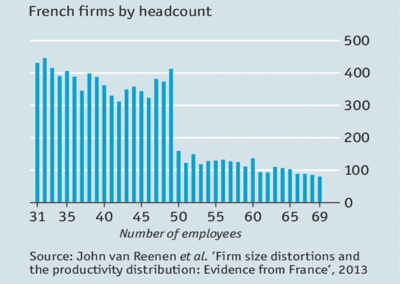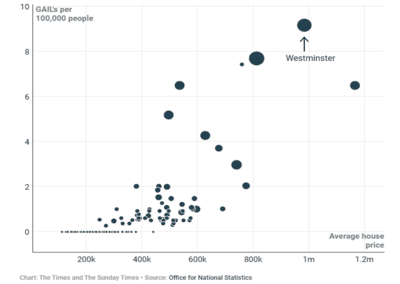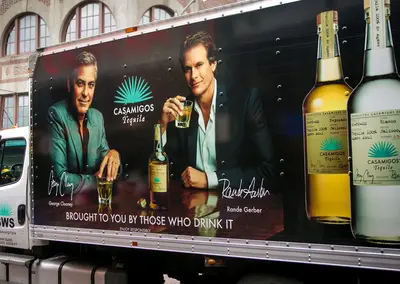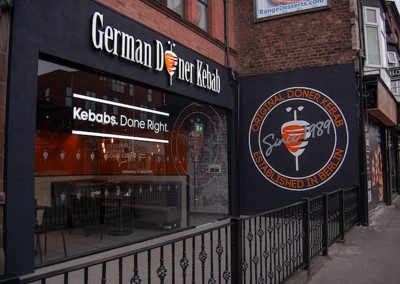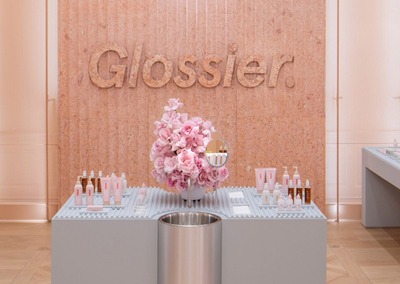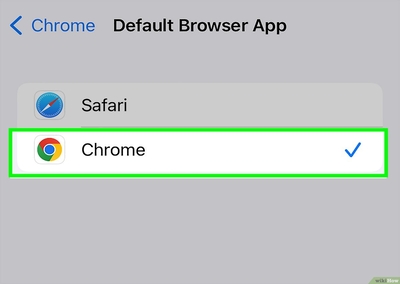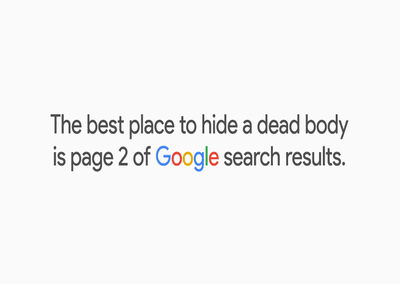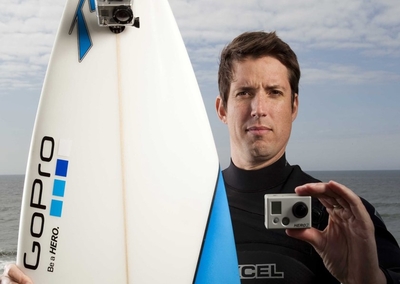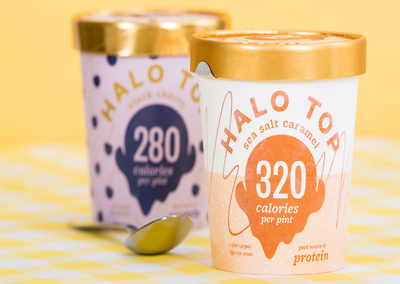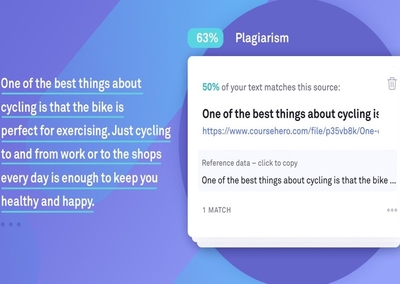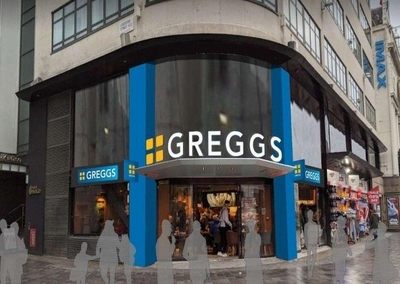With 3 billion users, almost half the planet is on Facebook. But its original target audience was very niche: it exclusively targeted Harvard students, before slowly expanding to other colleges across the US.
Business & Brands
Ferrari is worth $90 billion, and the most valuable car company in Europe, precisely because it makes the product hard to buy. When Ferrari revealed its new $3.7 million ‘hypercar’ in 2024, it announced it wouldn’t be available for sale. Instead, it promised the car to a select group of 800 dedicated customers who already owned a Ferrari (note: the company only sells 14,000 per year).
Fiat recently made the bold decision to stop selling grey cars. CEO Olivier Francois said this was “reinforcing Fiat’s leadership as the brand of joy, colours and optimism.” The strategy doesn’t come without its risks, with grey being the most popular colour for new cars in many of Fiat’s most important markets. But a strengthened commitment to the brand’s vibrant Italian roots will help it to resonate with customers looking for a more exciting choice of car.
First Direct effectively told people: you can’t visit us in store, because we don’t have branches, but instead we’ll give you brilliant customer service over the phone. The company’s two million customers now get to enjoy an average 39 second telephone wait time versus eight minutes for the wider industry.
France has over twice as many companies with 49 staff as with 50. Why? At 50, companies must abide by a range of regulations including mandatory works councils and more stringent dismissal procedures.
Gail’s’ distribution is focused on neighbourhood spots with above average income. As co-founder Tom Molnar says, “we’re not in places like Oxford Street as we’re not trying to get people through the till really fast.” In fact this focus on affluence has been so successful that the Lib Dems used it as a tool in their 2024 election strategy; aggressively targeting towns outside London with a Gail’s, and winning a record 72 seats as a result.
In 2017 George Clooney sold his tequila brand Casamigos for $1 billion, and it became the fastest growing spirit brand of 2022. There’s no doubt it tastes good, but there’s also no doubt his fame contributed to its success. Clooney is one of several celebrities to create a successful alcohol brand; David Beckham & Haig Club, Ryan Reynolds & Aviation, Kendall Jenner & Gin 818 Tequila.
If you think kebabs are for nights out, then think again: only 4% of GDK’s business is done post 11pm – this has been helped by a diversified product range, including healthier options like rice bowls, and an ad campaign designed to showcase its relevance at every meal time.
The beauty brand was hailed as a poster child for the DTC model. But now, as Shane O Leary notes, “it has 11 stores and a Sephora partnership is key to recent growth.” Like many brands it is realising that physical stores play a crucial role in brand growth.
Google pays $26.3bn to make its search engine the default on smartphones and browsers. It recognises that simply being present is enough to drive usage.
People say they seek out the best option, but their behaviour says otherwise. Only 0.63% of Google searchers clicked on something from the second page (hence it’s an excellent place to hide something bad…).
GoPro was founded in 2002 by Nick Woodman, a surfer who wanted a better way to capture action photos of himself and his friends, leading to the development of a 35mm film camera strapped to the wrist (which became the first GoPro Hero).
In January 2016 Halo Top ice cream was making a few hundred thousands in revenue, but its big break came when a GQ writer detailed eating nothing but Halo Top for 10 days. According to co-founder Doug Bouton, “it put millions of eyeballs on the product” and doubled the brand’s sales within a month.
When you use Grammarly’s (premium) plagiarism checker, it warns you that “we are checking your work against billions of webpages. It may take a while.” The fact it’s not frictionless gives you confidence that the results will be legit.
Greggs has focused on occasions to expand its customer base. Although traditionally a breakfast bakery, extended opening hours means the evening (post 4pm) is now the business’s fastest-growing meal time. It even won a licence to open its Leicester Square branch until 2am on weekends. And with sales up by 20% in 2023, the ambition to ‘mean more to more people’ is certainly paying off.


